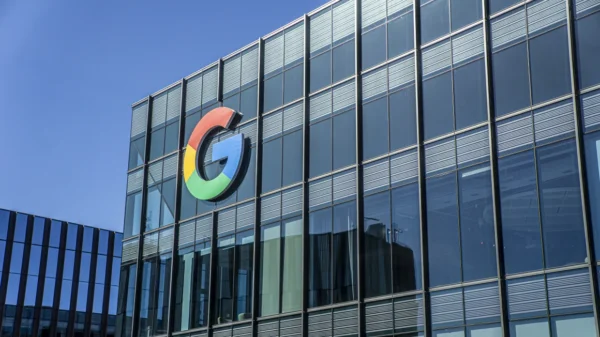California has long been at the forefront of transportation innovation, and its public transportation systems are no exception. With a growing population and increasing concerns about traffic congestion and environmental sustainability, the state is investing in various developments and initiatives to shape the future of public transportation.
High-Speed Rail Projects
One of the most ambitious projects in California’s transportation landscape is the high-speed rail system. The California High-Speed Rail Authority is working towards creating a network that will connect major cities across the state, reducing travel times and offering a sustainable alternative to air travel. The project has faced its fair share of challenges, including cost overruns and legal disputes, but it remains a significant part of California’s long-term transportation plan.
The high-speed rail system aims to provide convenient and efficient transportation options for both commuters and long-distance travelers. By connecting cities like Los Angeles, San Francisco, and Sacramento, it has the potential to transform the way people move around the state. However, the project’s success will depend on overcoming financial and logistical hurdles.
Urban Transit Improvements
California’s major cities are also investing in improving their urban transit systems. With increasing population density and a desire to reduce reliance on private vehicles, cities like Los Angeles, San Francisco, and San Diego are expanding their public transportation networks.
Los Angeles, for example, has made significant strides in improving its transit options. The city’s Metro system has expanded with new rail lines and bus rapid transit routes, making it easier for residents to navigate the sprawling metropolis without a car. The city’s commitment to public transportation is evident in its goal to become a “car-optional” city by 2035.
Similarly, San Francisco’s Bay Area Rapid Transit (BART) system continues to expand, connecting more neighborhoods and improving accessibility. The city also encourages the use of alternative transportation modes like bicycles and scooters, with dedicated lanes and bike-sharing programs.
San Diego, too, is investing in its public transportation infrastructure. The city’s Metropolitan Transit System has implemented new bus routes and is planning to introduce a light rail system to better serve its growing population.
Sustainable Transportation Initiatives
As California strives to reduce its carbon footprint and combat climate change, sustainable transportation initiatives are gaining traction. The state has set ambitious goals to increase the use of electric vehicles (EVs) and promote cleaner transportation options.
California’s Zero-Emission Vehicle (ZEV) Program requires automakers to sell a certain percentage of electric or zero-emission vehicles in the state. This policy has led to increased availability and accessibility of EVs, making them a viable alternative to traditional gasoline-powered cars.
In addition to promoting EVs, California is investing in charging infrastructure to support the growing number of electric vehicles on the road. Charging stations are being installed in public spaces, parking lots, and along major highways, making it easier for EV owners to charge their vehicles conveniently.
Furthermore, the state is encouraging the use of alternative modes of transportation, such as walking, cycling, and public transit. By creating pedestrian-friendly infrastructure, expanding bike lanes, and improving public transportation options, California aims to reduce traffic congestion and promote healthier and more sustainable ways of getting around.
Conclusion
California’s public transportation systems are evolving to meet the needs of a changing society. High-speed rail projects, urban transit improvements, and sustainable transportation initiatives are all shaping the future of public transportation in the state. While there are challenges to overcome, such as funding and logistical issues, the commitment to creating efficient, convenient, and sustainable transportation options is evident. As California continues to invest in these developments, the future of public transportation in the state looks promising.
































